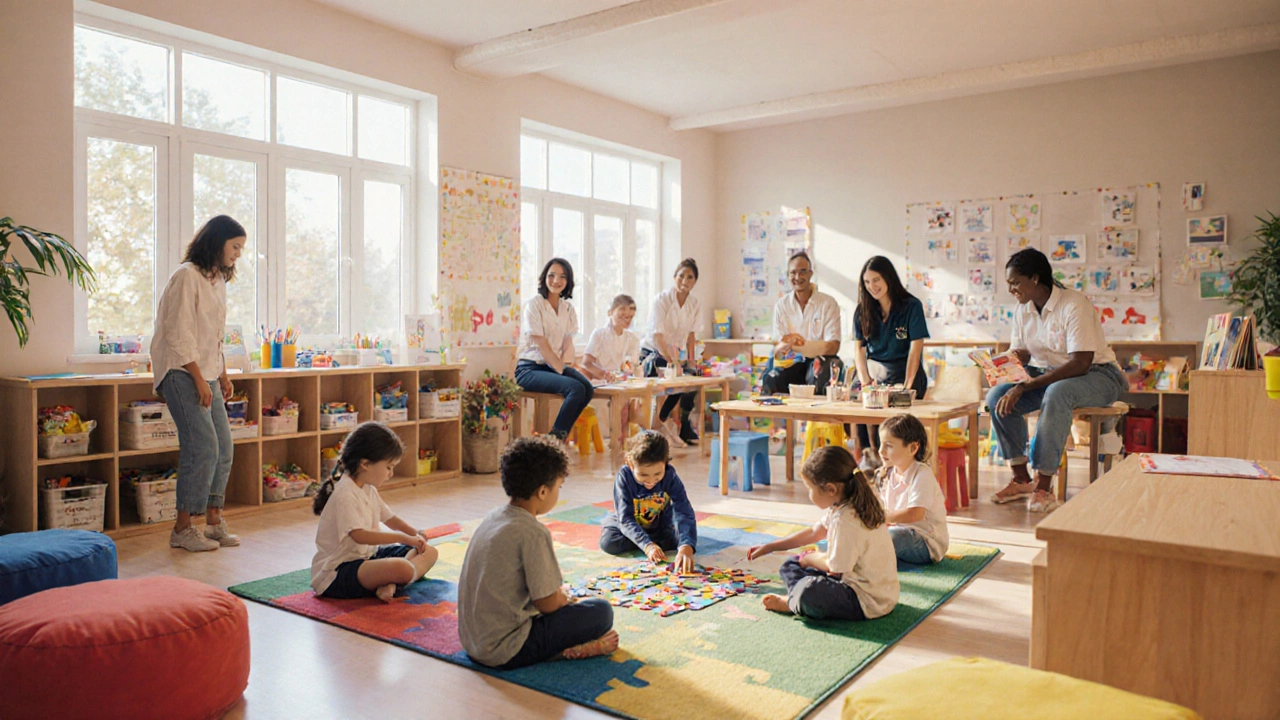Child Development Resources and Practical Guides
When talking about child development, the physical, emotional, and cognitive growth of children from infancy through adolescence. Also known as youth development, it shapes future health, education, and social outcomes.
Volunteering, unpaid service that builds skills, empathy, and community ties is a proven driver of social skills in kids. Studies show that children who regularly help in community projects score higher on teamwork and confidence. Pair that with community outreach, organized efforts that bring resources and information to local families, and you get a powerful ecosystem that supports healthy growth. When a neighborhood runs a literacy drive or a health camp, children see role models, learn cooperation, and develop a sense of belonging.
Why After‑School Activities Matter
After school activities, structured programs like sports, arts, or tutoring that happen after the school day ends give kids a safe space to explore interests and practice discipline. A child who joins a soccer team learns goal‑setting, while a budding artist hones fine‑motor skills and self‑expression. The link is clear: consistent participation in these programs improves academic performance and reduces risky behavior.
Another key piece is support groups, peer‑led gatherings that provide emotional backing for children facing challenges. Whether it’s a grief counseling circle or a group for children with learning differences, these forums build resilience and normalize sharing feelings. When kids feel heard, they are more likely to engage positively in school and community settings.
Putting it all together, child development benefits from a blend of volunteering, community outreach, after‑school activities, and support groups. Each element reinforces the others, creating a network that nurtures physical health, mental well‑being, and social competence. Below you'll find articles that dive deeper into each of these areas, offering actionable tips, real‑world examples, and data‑backed advice to help you support the kids in your life.
Key Factors for a Great Kids Club
Discover the essential elements that turn an ordinary after‑school program into a thriving kids club, from staff ratios and safety to curriculum and community ties.
Read More